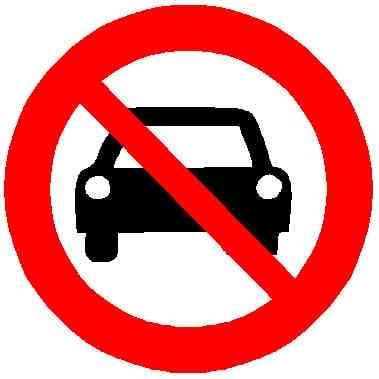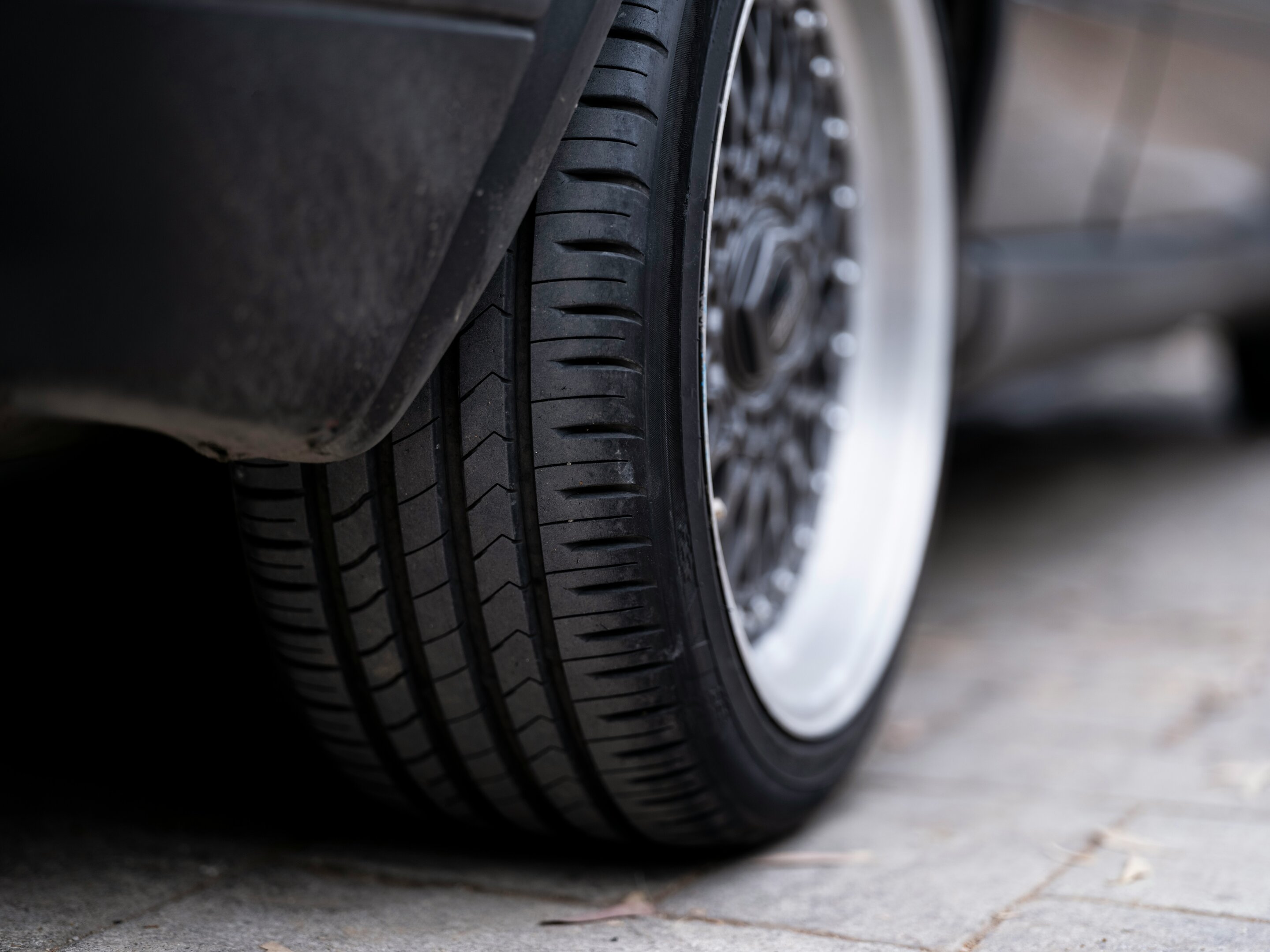- cross-posted to:
- fuckcars@lemmy.ca
- dangerdust@lemmy.world
- cross-posted to:
- fuckcars@lemmy.ca
- dangerdust@lemmy.world
cross-posted from: https://lemmy.world/post/32367927
Tire wear particles enter rivers and lakes primarily via wind and rain. These particles account for 50% to 90% of all microplastics that run off roads during rainfall. Furthermore, scientific extrapolations suggest that nearly half (45%) of the microplastics found in soil and water come from tire abrasion.
The concentration of tire wear particles in water bodies can vary by several orders of magnitude, ranging from 0,00001 to 10.000 milligrams per liter.
The particles contain a complex mixture of different compounds, including toxic substances: heavy metals such as cadmium and zinc and organic substances such as the ozone protection or antioxidant 6-PPD. If the tire wear particles end up in freshwater ecosystems, the pollutants are leached out there.
We need to regulate vehicles by mass, which is directly proportional to the tires. Pay $0.10 per pound of vehicle annually.
I’m not sure about tire wear, but fun fact: road wear and tear is proportional to vehicle mass raised to the fourth power. If road users were taxed fairly for that and cyclists with average-weight bikes were made to pay 1¢, drivers of average-sized sedans would need to pay millions of dollars.
(That’s my go-to response when idiots start talking about bicycle license plates or “cyclists need to pay their fair share,” BTW.)
Considering how thin bike tires are compared to car tires and how long they last nonetheless (unless you’re doing skid-stops all the time), it seems plausible that the same weight4 relationship might apply, which means tire-abrasion microplastics from bicycles would be relatively negligible, compared to ones from cars.
Of course, rail is the real winner in this instance, since it doesn’t have this problem to begin with.
Wow, /fuckcars shilling for trains just because theyre ‘so much better, objrctively, that there aren’t even numbers to compare on this issue.’
You people need to grow the fuck up and be more original.
Meanwhile… Roads and roofs made of pure leeching carcinogenic benzene, toluene, and xylene…AOK!



